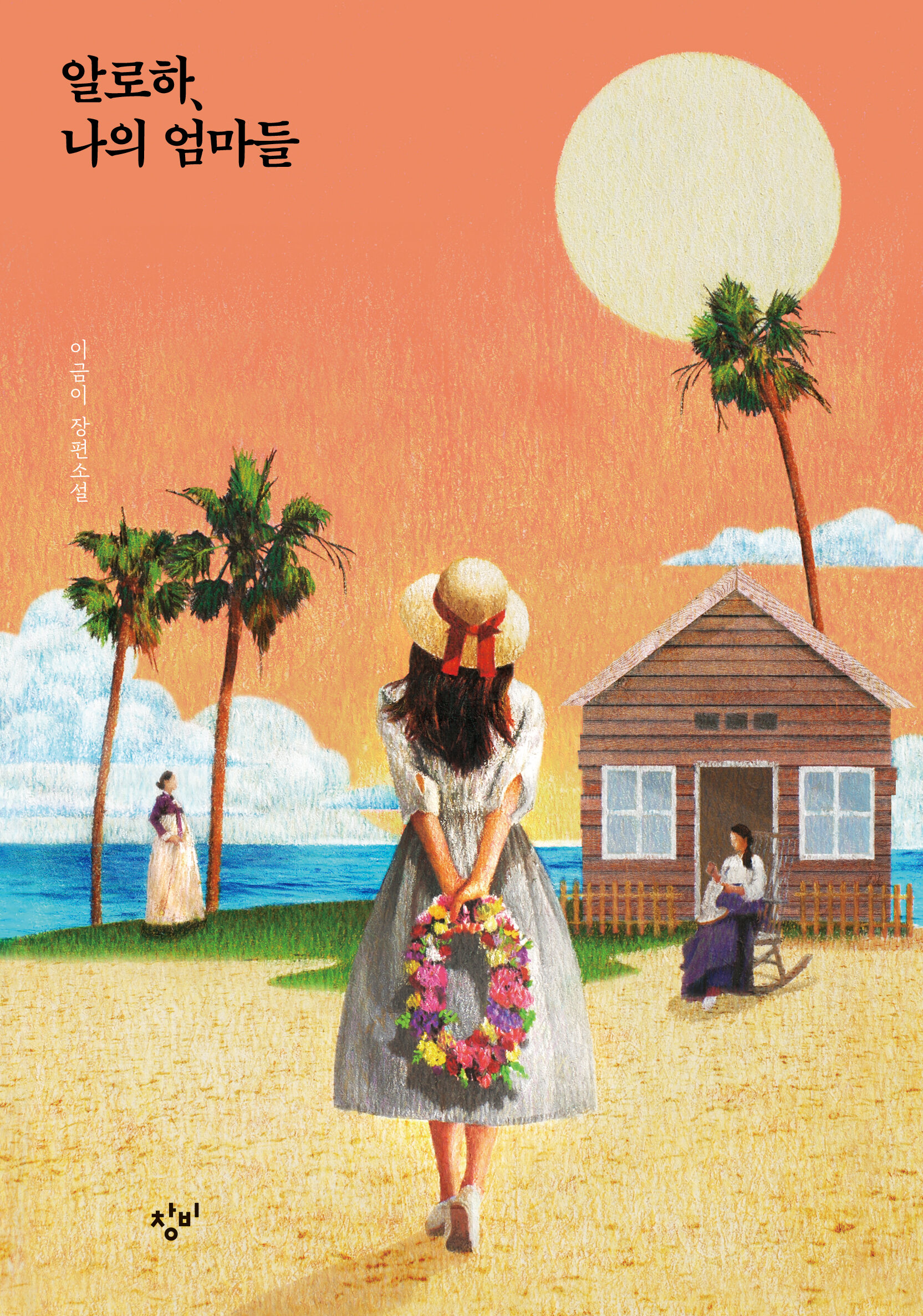Lee Geum-yi
books
The Picture Bride (Aloha, My Mothers)
Changbi, 2020. Bestseller
An upmarket commercial novel about three Korean women in 1910 who are mail-order brides ("picture brides") to Korean laborers in Hawaii. They escape their lives of oppression dreaming of better circumstances in America, but things in Hawaii don't quite turn out the way they expect. It has a really great plot and voice, the descriptions of immigrant life in Hawaii in the early 20th century are so vivid, and I think you'll REALLY like these three women, they're kind of fabulous. It strongly reminded me of Marilyn and Me, although set three decades earlier, a similar narrative of strong female characters grappling with social change.
The main character of Aloha, My Mothers is an 18-year-old girl name Willow who lives in a small village in Gimhae, Gyeongsang Province during the Japanese occupation. Because Willow’s father, who was a soldier in the Righteous Army, died fighting the Japanese Empire, her mother has had to raise Willow and her younger brother by herself. Despite being a yangban (aristocrats of the Joseon dynasty), Willow is unable to go to school or study like her brother because she is a girl. Then one day, a matchmaker comes with an offer for marriage. The marriage proposal, however, is for a picture marriage: a type of marriage that existed during the Japanese occupation in which Korean women were sent to Hawaii after only exchanging pictures with Korean men who immigrated there for work. Women in their teens and twenties who were married off under such circumstances were called “picture brides.”
Willow, Hong-ju, and Song-hwa are the names of the three picture brides of this story—women who stood in line at the immigration office, planning on immigrating to Hawaii in hopes of a better life. But different fates await each of these three women, who bravely crossed the Pacific Ocean, leaving behind their home and their parents in search of a better life. Hong-ju, who dreams of a marriage of “natural love,” meets a man who looks twenty years older than his picture; Song-hwa, who wants to escape from her life of ridicule as the granddaughter of a shaman, meets a lazy drunkard. And then there’s Willow, whose 26-year-old groom, Taewan, looks just as he did in his picture.
But the excitement of coming to a faraway foreign land and marrying a new person is short-lived. Taewan, who still has feelings for his first love, is unable to open up to Willow. Then, Willow’s friend Hong-ju, whom with together Willow travelled to Hawaii from their hometown, leaves Willow for a different region of Hawaii. Worse yet, not only is Willow severely discriminated against by the White managers of the sugarcane field, she is also treated poorly by Japanese immigrants because she is from Joseon, a colony of the Japanese Empire. And just like that, Willow, who had hopes of studying in Hawaii and sending money back to Korea, is met with the hard reality of life as an immigrant.
Even after putting down this book, readers’ ears will continue to ring with the voices of three women who loved, stuck together, and put down roots in a foreign land.


